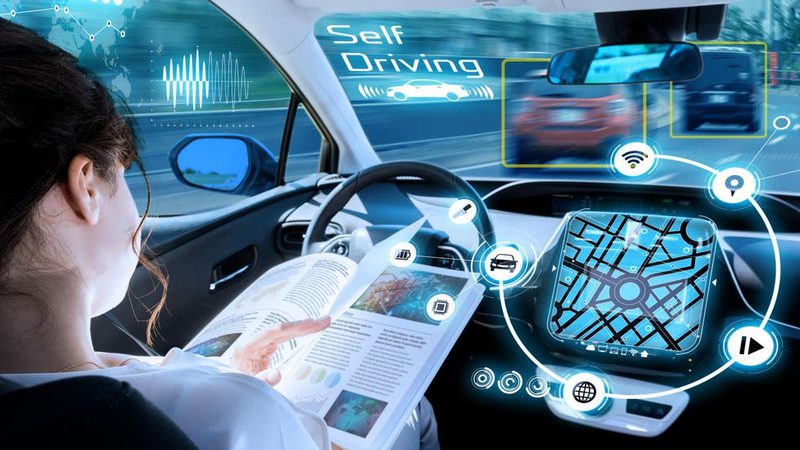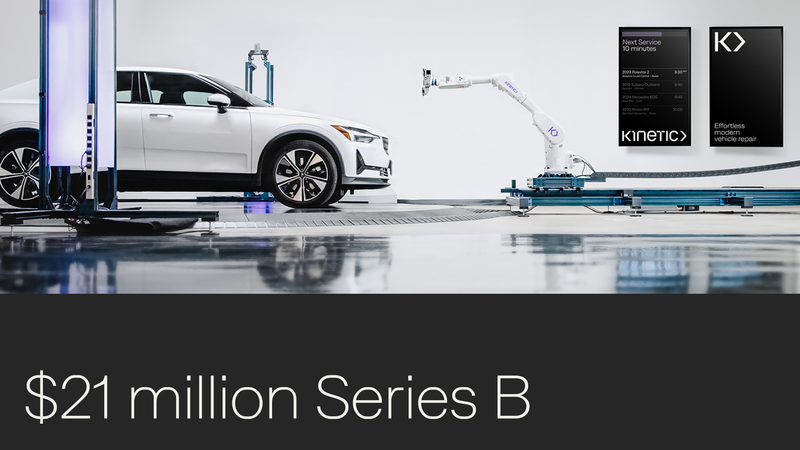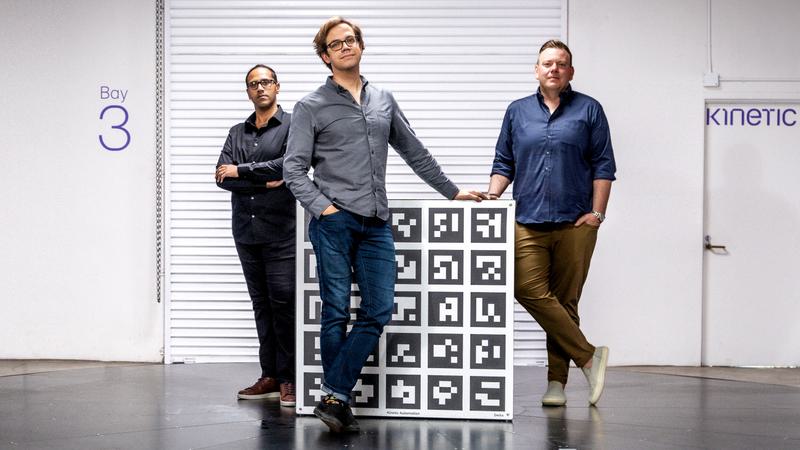Unlocking $1T a Year With ADAS

The most impactful infrastructure innovations of the 21st century have been AWS, iOS and Android. Through these technologies, Amazon, Apple and Alphabet have collectively created trillions of dollars of value for businesses around the world. I posit that Advanced Driver Assistance (ADAS) is a similar foundational infrastructure that will create trillions of dollars in value over the next two decades.
Some of the top auto manufacturers have announced upgraded ADAS packages on their new release vehicles. Ford calls their’s BlueCruise, GM’s SuperCruise is an advanced “Level-2” hands-free system, and Tesla of course has their Autopilot, Enhanced Autopilot, and FSD systems. For those of you who aren’t aware of the levels of autonomy in passenger vehicles, here’s a simple breakdown:
- Level-1: Legs-free
- Level-2: Hands-free
- Level-3: Eyes-free
- Level-4: Mind-free
It is best to think of these levels as a spectrum rather than discrete mile markers for ADAS product enhancement. For instance, the driver monitoring systems on SuperCruise and BlueCruise disable the ADAS features when the driver’s eyes are off the road for more than 5 to 10 seconds. One can argue that these 5–10 seconds are sufficient to quickly glance at a text message or email. It is only a matter of time before the next generation of ADAS will include more eyes-free capabilities. The recent advances in sensing hardware like lidar, edge AI chips for faster computing, and improved 5G connectivity are all raw materials that will enable this steady progression of ADAS capabilities.
Now, let us discuss the commercialization of this technology. Ford’s BlueCruise is offered on their F-150 and Mach-E models and priced at about $75 per month. This equates to $900 per year of pure profit to Ford for each vehicle. If the take-rate for BlueCruise was 100% of the entire F-150 market of about one million new trucks sold each year, it would equate to an additional $1B, or 10% of Ford’s annual EBITDA.
While these numbers are certainly impressive and Ford stands to make a lot of money, the true value is in the time that ADAS is giving back into the hands of the drivers. Americans drive 13,500 miles per year on average. That represents about 1 hour of driving per day, every day for 365 days a year. This is a newly allocated hour that was not available for any other task for decades. It is an additional 12.5% of productivity or consumption per person every day…now, that is a massive opportunity!
However, this newly created time is merely a byproduct of ADAS…an unintended consequence. Going back to the infra analogy above, AWS, iOS and Android impose their “tax” by charging other companies for server or app store access. So the question that remains in my mind is who will capture the value created by ADAS? At this time, it seems most plausible to me that the likely winners are going to be internet and technology companies. Will vehicle manufacturers be able to capture some of this value by taxing technology companies for this service? And if so, how will they do that? I only have opinions but am eager to see how this plays out.
Related news
Kinetic Secures $21 Million in Series B Financing
We are thrilled to announce that Kinetic has successfully closed a $21 million Series B financing round.

Startup Kinetic rolls out robots to fix electric cars, and someday robotaxis
A collision repair business for the era of electric and autonomous vehicles, Kinetic Automation, has raised $21 million in a series B round of venture funding.

